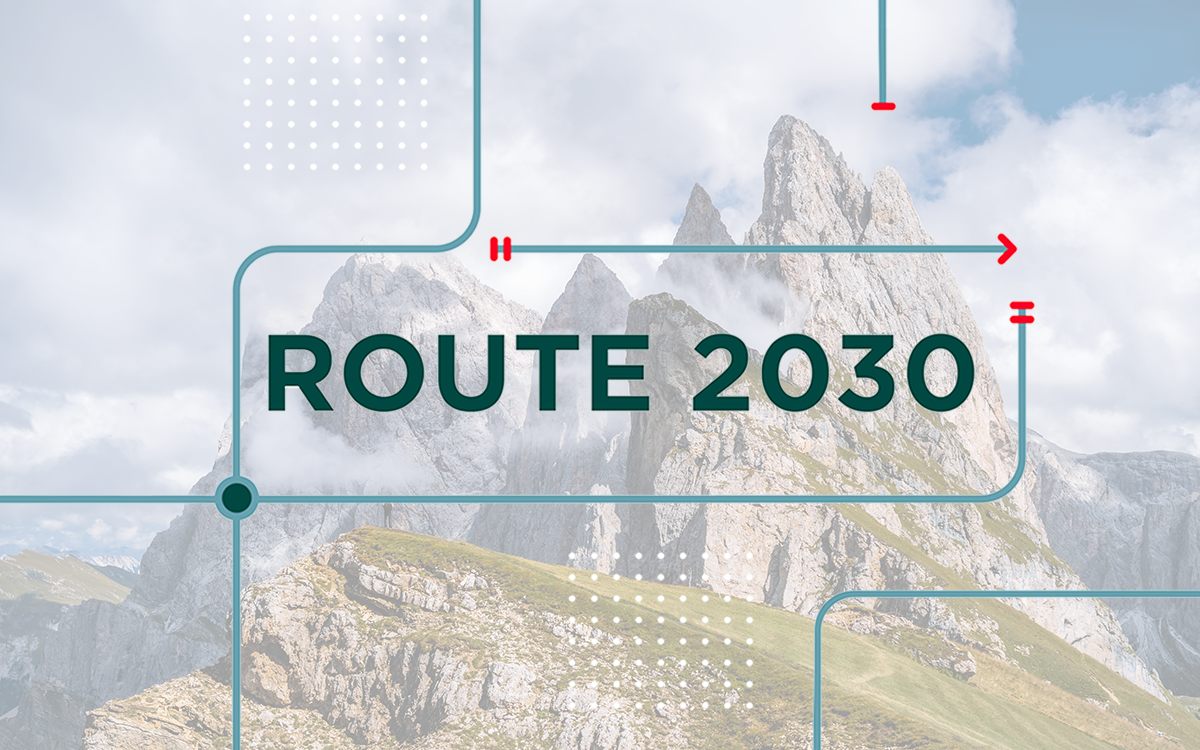B.I.G. is on course to achieve a zero environmental footprint by 2030. That is right, zero. To make this journey more tangible, we would like to offer you a passenger’s seat from which you will be able to really get up close and immerse yourself in our various sustainability projects. In this edition: how we commit to the Science Based Targets initiative, underlining our sustainable future.
We return a few years back in time, to 2015. In December, the Paris Agreement was signed, endorsing targets to limit global warming and guide countries on their path towards a sustainable future. From the agreement also flowed the Science Based Targets initiative (SBTi), which provides companies with a framework for setting emissions reduction targets that are in line with what latest climate science deems necessary to reach the goals of the Paris Agreement. CDP, the United Nations Global Compact, World Resources Institute (WRI) and the World Wide Fund for Nature (WWF) are the carriers of this initiative.
Although B.I.G. has been working to reduce the group environmental impact and communicated ambitious GHG (Greenhouse Gas) emissions reductions targets in 2022, we have decided to start the new year by submitting a commitment letter to the Science Based Targets initiative.
This is a crucial step to have our targets verified against science-based criteria and further strengthen our sustainability goals.
B.I.G. shows commitment
“The first step to take is to sign the commitment letter”, says Clara Carelli, Group Sustainability Director. “The next one is to submit our plan and get it validated. SBTi organization experts will verify that our targets are aligned with climate science and what is needed from our company to limit global warming to 1.5 degrees. Being B.I.G., this is a must have. First, and most importantly, it is good for the planet and the future of our children. In addition, this is also something that future-proofs our growth, stimulates innovation and our competitiveness while demonstrating concrete sustainability commitments to increasingly conscious consumers.”
Science is key
Based on scientific criteria, the Science Based Targets platform provides recommendations on how much and how quickly companies need to reduce their GHG emissions to comply with the targets. "That is also what makes this initiative recognized globally as the standard. As a company, if you are serious about climate change and dealing with it, you need to work within this framework.” But science does not stand still and is a continually evolving process. For that reason it is important to adapt the framework in which companies operate to the ever-renewing insights. "Based on new insights, they can tighten the targets and ask to do more. So, once you step into the program, there is no way back," Clara continues.
Leading role
With our Route 2030 program, we were already rising to the challenge of sustainability, but making this commitment highlights our clear ambitions. "It makes our goals more tangible and visible. It shows that we really do mean this. Companies that successfully meet the SBTi requirements are recognized as leaders in the fight against climate change. And that is where we want to be as a company, we want to take a leading role in the battle against climate change”, Clara concludes.
